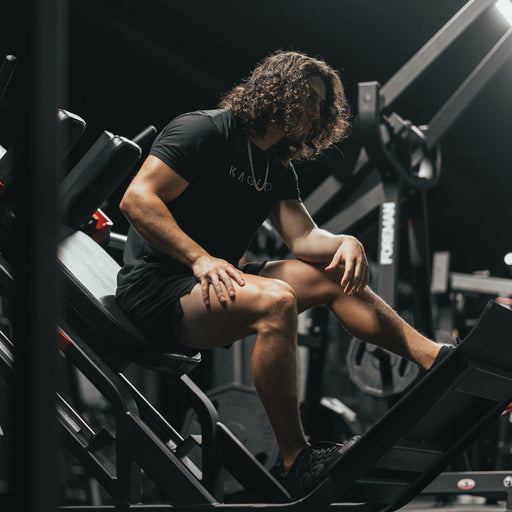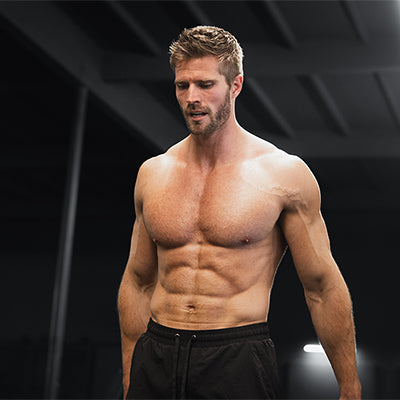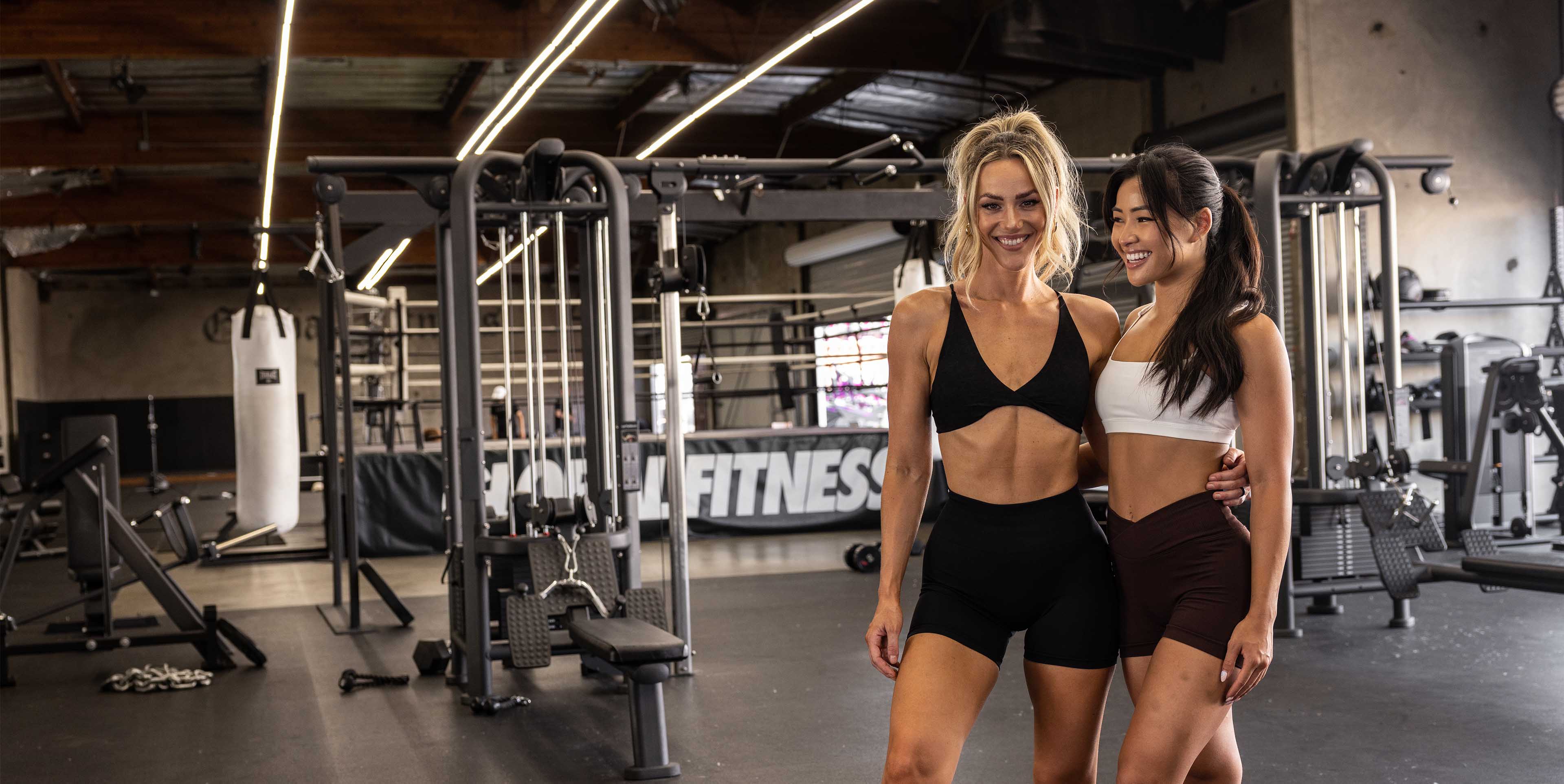Break through plateaus in your chest development
CHEST DO IT
The purpose of this 12-week series is to target your chest to bring up your pectorals if they’re a weakness in your physique. Sometimes this is a genetic/structural issue, and the best way to address it is by increasing mass and definition in your chest. Often the reason your chest lags behind other body parts is because of how you work your chest based on how your shoulders are positioned—we’re all structured a little differently.
Each week, your chest workouts will get more challenging, but I want you to put all your effort into each of these. If you need to adjust your training volume, then do so with other body parts rather than with chest.
For this 12-week video series, you’ll follow your regular workout program, reorganizing it to prioritize development of your chest. You’ll begin your training week with chest, followed by a couple exercises for triceps on that same day. Then you’ll train shoulders later in the week but at least 3 days before and after you train chest. The reason for this is that triceps and shoulders are complementary body parts to chest, and overworking them may be the reason your chest is under-developed by comparison.
The chest is a fairly simple muscle group with the primary purpose of pressing or pushing things away from your body. Pecs are also used to bring objects together in front of your upper torso. For our purposes, we’ll focus on two muscles—the pectoralis major and the pectoralis minor.
Here’s more about how the muscles of your chest work. This, along with the anatomy chart, will help you better address the specific weaknesses in this muscle group.
PECTORALIS MAJOR
These are the large fan-shaped muscles that form the bulk or your chest musculature. The pectoralis major stretches from your clavicle down to your ribs and out to your upper arms. Compound movements such as dumbbell and barbell presses are especially beneficial in increasing mass in these muscles. Isolation movements, where you bring weights across your body without bending your arms also improve definition and mass in your pectoralis major.
PECTORALIS MINOR
This smaller triangle shaped muscle lays partially below the pectoralis major. While it’s still fairly large, it’s a thin muscle and far less visible than the larger muscle atop it. Still, it’s important to think about this muscle as you train your chest. Take a look at the anatomy chart to see where it attaches. This muscle also responds well to compound and isolation chest moves.
FUEL YOUR CHEST GROWTH
In addition to beginning your week with chest training, you should increase your calorie consumption by about 200-500 calories on and around the day when you train your chest. Get in these extra calories in the 24-hour period that begins with the last meal of the day before, continuing through your morning and the meal after your workout.
Here’s an example of what you should add to your Sunday night late-night meal and your consumption throughout your Monday chest day.
Late-night meal
Add one scoop of Kasein to the one you always take, and a piece of fruit such as plum, apple or peach. Or you can add an ounce or two of nuts such as almonds. This will add a total of about 200 calories.
Breakfast:
Eat one slice of whole-grain bread. That adds about 100 calories.
Lunch:
Get in about 2-3 ounces of brown rice. That adds about 100 calories.
Dinner
Go with a very large sweet potato rather than a medium one. That adds another 100 calories.
TRAINING SPLIT
Note that I’m “beginning” your training week with the weekend rather than ending with that. That’s because Mondays will be your “focus” day for your lagging bodypart. Since we’re targeting chest for this 12-week video series, you not only want your chest to be well rested, but you also don’t want to have trained your shoulders or triceps for a few days before you work chest with this level of intensity. Note that I’ve set up cardio and abs on Saturday, and active rest on Sunday so that you’re well recovered to go full out with your chest training on Monday. Train triceps afterwards if you have anything left, or else move work for these complementary muscle groups to another day, 3 days after training chest.
| DAY
|
BODYPART
|
|
SATURDAY
|
Cardio/abs
|
|
SUNDAY
|
Active rest
|
|
MONDAY
|
CHEST/triceps *
|
|
TUESDAY
|
Legs
|
|
WEDNESDAY
|
Abs/cardio
|
|
THURSDAY
|
Shoulders/triceps *
|
|
FRIDAY
|
Back/biceps
|
* Because you’re emphasizing chest during this 12-week video series, you’ll ease off on triceps on Mondays, performing only 1 move for about 4 sets if you’re able to train them at all. On your most challenging chest days, skip your triceps workout. Your shoulders and triceps training on Thursdays should also be moderate so you’re fully recovered for your chest workout on the following Monday.
























